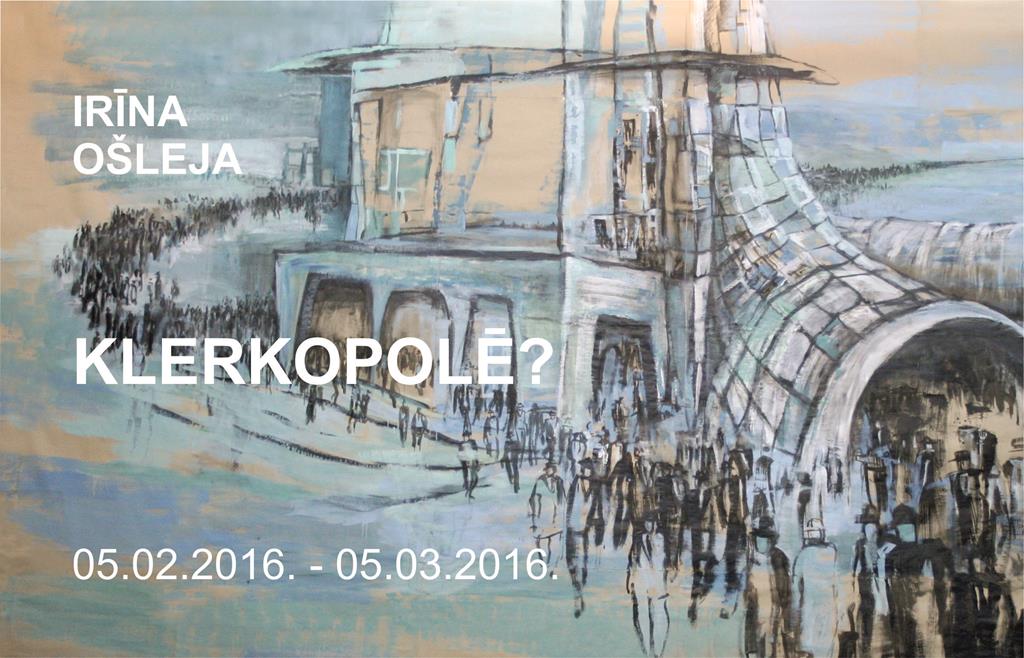Irina Ošleja In Klerkopolis?

Irina Ošleja
In Klerkopolis?
The word “Klerkopolis” combines two words “klerks” and “polis” which translated from Greek means “city”. The word “klerks” [clerk] means office worker, secretary, clerk.
Denotation: an employee of a bureaucratic system of some administrative institution.
The word “clerk” is associated with specific character traits and life style. A doer, a person of a conventional type, his job tasks and duties do not require creative thinking and displaying initiative.
Doesn’t the definition of this concept imply contradiction if transferred to the present time? Everything changes and develops, the same as art, art ideas, and interpretation possibilities of what has been implemented. A clerk, too, may be creative, consequently: is the today’s story about the same old Klerkopolis or about a new one?
The idea which unites the activities of clerks and administrators in the citadel – a city within a city – is in perfect harmony with the place where the exhibition is held, since the Fortress of Dinaburg is also a city within a city. True, it is not the advancement of a bureaucratic system that occurs here, but rather the development of cultural processes which favorably contrasts with the large-format work by I. Osleja created like a scenography for a performance, and which the exhibition visitors would be able to enjoy in a video format as a nice addition to the exhibition.
The story about Klerkopolis’s guest – a freethinker is, perhaps, the story about one of us who comes, wins and makes us not forget that somebody else will come instead of him, and the circle will close.
Perhaps, the struggle is everlasting as everlasting is the contrast between a creative individual and clerk milieu.







